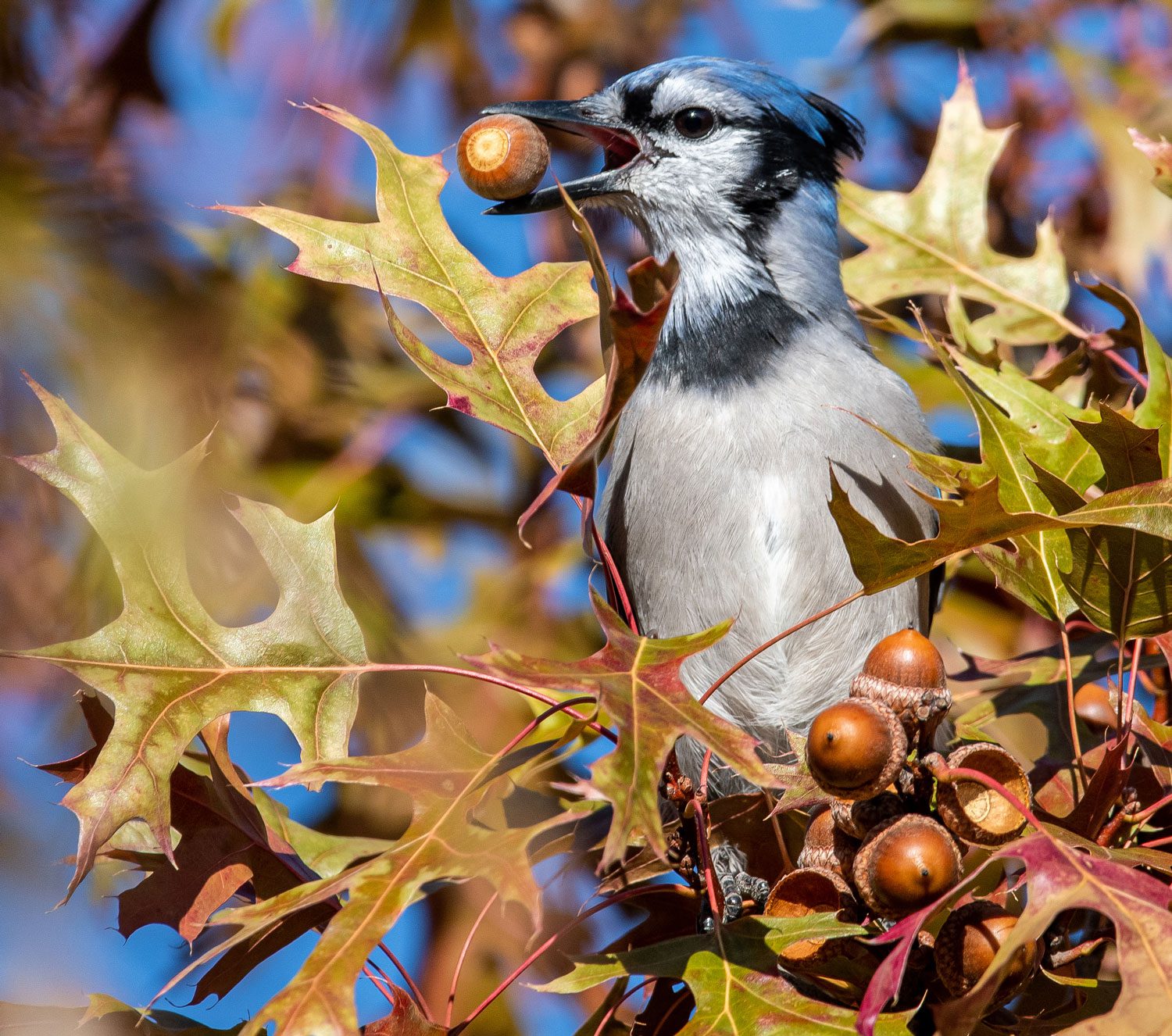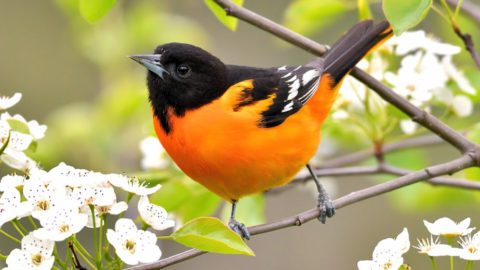Bird Losses Hinder Plants’ Adaptation to Climate Change
By Gustave Axelson
April 4, 2022
From the Spring 2022 issue of Living Bird magazine. Subscribe now.
More than half of plant species on Earth rely on animals to disperse their seeds. New research published in the journal Science in January warns that that vital thread of many ecosystems is fraying, with the loss of birds and mammals inhibiting the ability of plants to shift their ranges and adapt to climate change.
The study showed the ability of animal-dispersed plants to keep pace with climate change has been reduced by 60% due to the loss of mammals and birds. The researchers mapped the contributions of seed-dispersing birds and mammals worldwide, and then compared maps of seed dispersal today with maps showing what dispersal would look like without human-caused extinctions or species range restrictions.
“Some plants live hundreds of years, and their only chance to move is during the short period when they’re a seed moving across the landscape,” says lead author and Rice University ecologist Evan Fricke. Fricke says that in general plant communities are attempting to shift to higher latitudes or higher elevations to adapt to a warming climate, as well as shifting ranges in response to changing precipitation patterns. “If there are no animals available to eat their fruits or carry away their nuts, animal-dispersed plants aren’t moving very far.”
According to Fricke, this study is the first to quantify the scale of the seed-dispersal problem globally. The study showed seed-dispersal losses were especially severe in temperate regions across the globe, including North America—where other research led by the Cornell Lab of Ornithology has documented the loss of 3 billion birds since 1970. About one in four Blue Jays have been lost in North America, for example. Blue Jays play a key role in dispersing the seeds of oak and pine trees.
“The [Fricke] study is a vivid illustration of the interconnectedness of living systems, and how the decline of one species can have impacts that ripple across an entire ecosystem in ways we would never have imagined,” says Ian Owens, director of the Cornell Lab. “It’s this effect that people are referring to when they talk about the risk of ‘ecological collapse.’ It’s also another example of how our incredibly deep knowledge of birds can reveal an even broader pattern: birds as the canary in the global ecosystem coal mine.”

All About Birds
is a free resource
Available for everyone,
funded by donors like you
American Kestrel by Blair Dudeck / Macaulay Library



